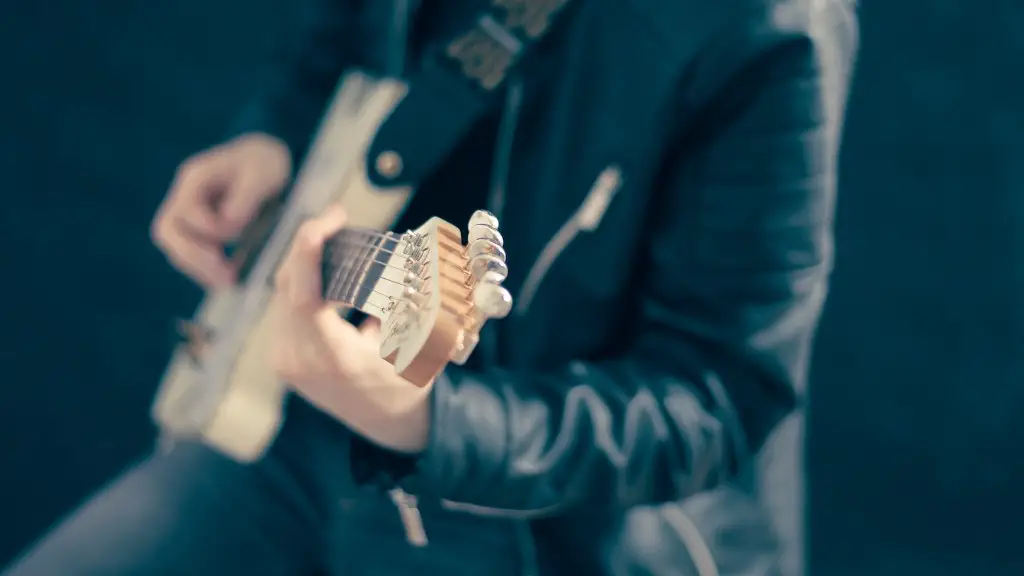Grab your paper, pencils, and some inspiration—it’s time to draw a barn owl! Drawing a barn owl may seem daunting, but with patience and the right tools, you can create a real work of art.
Start with pencils of varying hardness. For your sketching phase, it’s best to use a softer lead pencil. A hard lead pencil such as HB can be used to sharpen and define the lines. Soft lead pencils such as 6B are great for shading and adding definition and darkness.
Before starting, research the subject. Look at reference photos and study how the owl’s colors and patterns vary. Observe and note the placement of the facial features and how the design might change with age or time of year.
Begin sketching the outlines and basic shapes of the barn owl. Focus primarily on the overall shape, head, eyes, beak, wings, and tail. Draw large circular shapes for the eyes, a slim, curved triangle for the beak, and curved, triangular wings and tail.
As you draw, observe the edges, angles, and curves of the subject and determine how to replicate them. Study how shadows are cast, noting where shadows are dark, medium, or light. Add sharp ridges, circles, and points to represent feathers and fur, using the different types of pencils.
Steps To Enhance Details
Carefully sketch in the eye details and refine the wings and feathers. Use cross hatching techniques with a sharp pencil to start shading and add life and realism to your drawing. Shade the belly and chest using longer strokes and strokes that slope upward, just like real feathers.
Work on the details of the face and beak with a sharp pencil. Pay close attention to the eyes, adding a round highlight for depth, and use vertical hatched lines for texture. Rest a ruler over the face and beak area to make sure the lines are straight—this simplifies things immensely.
Experiment with layers of shading to create the illusion of volume. Don’t forget to add lighter tones between the darkest areas to create highlights. Get creative and add color, choosing tones that will realistically show the age and season of the owl.
When you’ve finished the details, step back, look at your piece, and adjust where necessary. Make corrections with an eraser and add more details if necessary. Vary the pressure of the pencil and spread the values evenly over the page. Lastly, darken and set the details of the barn owl.
Steps To Finish
Once your barn owl drawing is complete, look critically at it. Is it detailed and balanced? Is there enough contrast? Are the colors and tones realistic? When you’re satisfied with your work, set it aside, allowing the lead to settle.
To bring the final touch of realism to your drawing, you can spray it with a fixative. This is also a great way to protect your work. Also, consider framing or scanning the piece. Display it for others to see and enjoy!
Conclusion
Drawing a barn owl can be a fun and creative way to explore the natural world around us. Armed with the right tools, your imagination, and these tips, you can create beautiful art!
